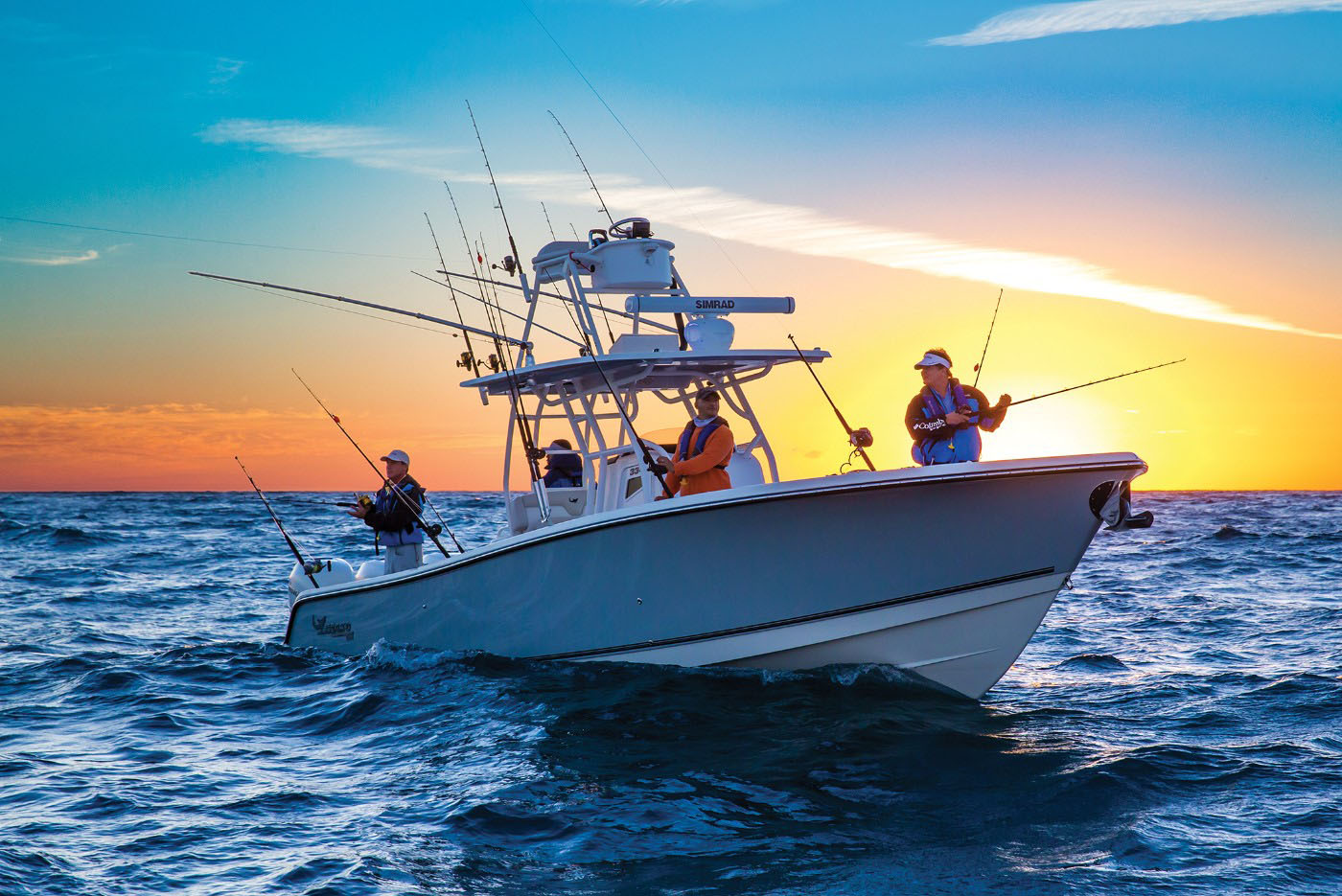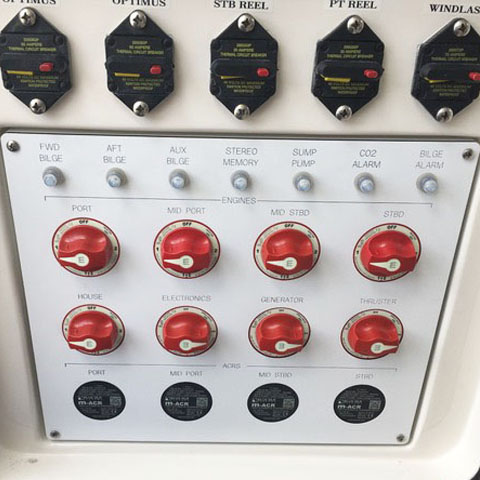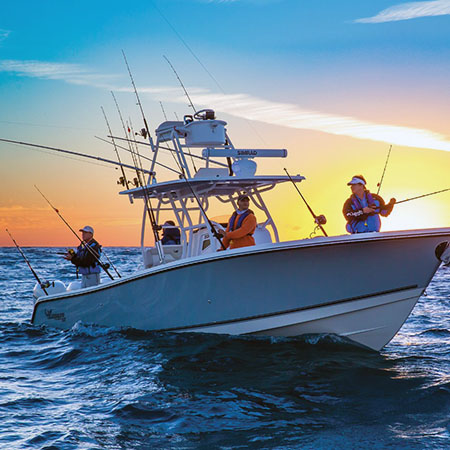“A ship in harbor is safe, but that’s not what ships are built for.” John A. Shedd, 1928
 Being born, raised, and having lived in Palm Beach county all of my life (since 1972) is the primary reason I have been on and around boats since before I could walk. My father owned several boats as I was growing up. He taught me respect for the ocean, and boats, at an early age. As I got out on my own, and never wanting things to be too easy for myself, I took some unnecessary risks, and, God willing, relearned that respect and other lessons and am still here to talk about it.
Being born, raised, and having lived in Palm Beach county all of my life (since 1972) is the primary reason I have been on and around boats since before I could walk. My father owned several boats as I was growing up. He taught me respect for the ocean, and boats, at an early age. As I got out on my own, and never wanting things to be too easy for myself, I took some unnecessary risks, and, God willing, relearned that respect and other lessons and am still here to talk about it.
Growing up in and near the water, and boats, makes you very aware of, and, gives you very personal knowledge of, how quickly things can go wrong on the water, particularly in a boat. Sometimes these circumstances are fully avoidable, other times partially avoidable, and still other times, the only way you could stay out of what could be mortal danger is to have not been there in the first place.
As a pilot, one of the first things you do (after checking weather) before flying is called a pre-flight inspection. It is where you methodically go around the airplane with a checklist inspecting and testing different components to verify their proper operation and determine if the airplane is in a go or no go condition. It is a very serious operation that should not be rushed or interrupted. If you board a commercial flight, the exact same thing is done, sometimes by the actual pilot that will be flying the aircraft, but always at a minimum by a highly trained ground crew. The reason for this is abundantly simple- if something goes wrong once the aircraft is flying, you can’t “pull over” like you do in your car when you have a problem.
I would suggest that operating a boat, while potentially not immediately as severe, should be given similar respect. As you leave safe harbor, I believe it to be imperative that all critical systems on board be in good to excellent working order. Those systems are not limited to, but include, Battery and electrical system, bilge/de-watering systems, steering system, propulsion equipment, and navigation electronics. The reason is simple: You don’t get to plan when, how, or in what combination those systems may partially to fully fail, or the circumstances under which they fail.
It never ceases to amaze me how much time, money and effort are sometimes placed on the size (initial purchase) and even the cleanliness and appearance of a boat, with near reckless abandon logic applied when it comes to the systems that are imperative for it’s safe use and the protection of captain, crew and passengers. This vessel is used to take family and friends into harm’s way and back safely, and usually always for pleasure in this sector of the industry.
If you don’t believe a vessel that is improperly maintained to be that serious of a condition, picture yourself and your family alone in the water almost anywhere along the route your boat last went on. Just off the dock, ok, maybe safe, but what about wind and current? Would it be easy to get out of the water? Is there other boat traffic? Say maybe on a Sunday afternoon? What about coming in the inlet on a full moon outgoing tide, with heavy traffic, a sea condition that is placing the waves close together, combined with one of those South Florida thunderstorms that comes on you before you barely notice with sustained winds of 40-60 knots for about 10-15 minutes with quad engine center consoles racing around you with their hair on fire? Maybe you and your family and friends aren’t in the water, the boat didn’t sink, you just lost all propulsion. Or maybe just the ability to steer which occurs to you while you are still going 28 knots. Or maybe just your navigation equipment (chartplotter) right as that storm caused visibility to decrease to 3’. Where was that channel marker that was 50 yards off the bow last I saw it? Or the jetty that was 75 yards to my port side with the heightened sea condition breaking on it from the squall? Which way is the boat moving?
Timing. That’s the primary point of this article. The time to resolve any and all issues that could compromise the safety of the voyage is before the boat leaves the dock. At the very least, taking care of any electrical or mechanical issues after leaving the dock will be less than convenient. At the extreme end, it could be fatal for one or more people. People that most likely got on the boat in the first place to rest, relax, and have a good time. In that extreme situation, people that were not on the boat may have their safety and well being compromised, either by trying to help or caught up in the circumstances of the failure(s). Or, maybe, it will just be very embarrassing for someone.







